In
Season
9,
Episode
2
of
“Notes
to
My
(Legal)
Self,”
I
welcomed
back
Damien
Riehl,
an
industry
leader
with
a
wealth
of
expertise
spanning
data
science,
large
language
models
(LLMs),
and
legal
standards.
This
conversation
dives
into
one
of
the
most
pressing
questions
of
the
digital
age:
How
will
lawyers
make
money
in
a
world
transformed
by
AI?
The
Billable
Hour
And
The
Evolution
Of
Value
Damien
began
by
framing
the
current
landscape:
The
traditional
billable
hour
still
dominates
legal
billing,
making
up
85%
of
revenues
for
many
firms.
But
the
rise
of
LLMs,
capable
of
completing
tasks
in
minutes
that
once
took
hours,
is
shaking
this
model
to
its
core.
Damien
outlined
two
potential
futures:
-
The
Status
Quo.
Lawyers
use
AI
tools
to
answer
more
questions
in
the
same
amount
of
time,
offering
clients
more
comprehensive
service
while
maintaining
billable
hours. -
A
New
Paradigm.
Clients
demand
flat
fees
and
in-house
teams
leverage
AI
to
handle
simpler
tasks,
pushing
firms
to
redefine
their
value
proposition.
Expanding
The
Market:
Serving
The
Underserved
While
lawyers
often
lament
the
risks
posed
by
LLMs,
Damien
emphasized
the
immense
latent
market
AI
can
unlock.
Today,
80%
to
90%
of
legal
needs
go
unmet,
leaving
middle-
and
lower-income
clients
without
access
to
justice.
LLMs
can
help
bridge
this
gap
by
enabling
firms
to
serve
these
clients
profitably.
“We
need
to
stop
seeing
underserved
markets
as
charity
cases,”
Damien
argued.
“These
are
opportunities
to
scale
our
impact
and
grow
our
businesses.”
By
automating
routine
work,
lawyers
can
serve
more
clients
at
lower
costs
—
tapping
into
a
vast,
underserved
market
that
includes
individuals,
small
businesses,
and
even
underrepresented
industries.
The
Future
Of
Pricing:
More
Than
The
Billable
Hour
Damien
explored
alternative
pricing
models,
including:
-
Flat
Fees.
By
reducing
costs
through
automation,
firms
can
offer
competitive
flat
fees
while
preserving
or
even
increasing
profit
margins. -
Value-Based
Pricing.
Lawyers
could
align
fees
with
the
impact
they
create,
such
as
a
percentage
of
a
client’s
savings
or
added
value.
While
this
model
is
promising,
ethical
and
regulatory
hurdles
remain. -
Hybrid
Models.
For
unpredictable
or
complex
cases,
firms
may
still
rely
on
billable
hours
alongside
alternative
models.
These
shifts
require
a
fundamental
rethinking
of
how
lawyers
define,
measure,
and
deliver
value.
Navigating
Ethical
And
Regulatory
Challenges
The
conversation
turned
to
ethics
and
regulation,
particularly
around
LLMs
and
the
unauthorized
practice
of
law
(UPL).
Damien
highlighted
three
key
points:
-
Reasonable
Fees.
Lawyers
must
balance
efficiency
with
fairness.
Charging
10
hours
for
a
task
that
takes
AI
two
minutes
may
no
longer
meet
the
ethical
standard
of
reasonableness. -
Confidentiality.
Firms
must
ensure
that
client
data
remains
secure,
even
when
using
third-party
AI
tools. -
UPL
And
AI.
Tools
like
ChatGPT
and
Google’s
Gemini
can
draft
legal
documents,
raising
questions
about
whether
AI
constitutes
unauthorized
practice.
Damien
noted
that
regulators
face
an
uphill
battle
in
enforcing
UPL
laws
against
tech
giants
like
Google
and
Microsoft.
Smaller
legal
tech
companies,
however,
may
bear
the
brunt
of
these
disputes.
Opportunities
For
Lawyers:
5
Doors
To
Success
Damien
outlined
five
pathways
lawyers
can
take
to
thrive
in
the
age
of
AI:
-
Leverage
AI
For
Efficiency.
Use
LLMs
to
complete
more
work
in
less
time,
offering
greater
value
to
clients. -
Adopt
Flat
Fees.
Lower
costs
through
automation
and
compete
effectively
with
in-house
teams. -
Expand
Down-Market.
Serve
middle-
and
lower-income
clients
who
have
historically
been
priced
out
of
legal
services. -
Go
Up-Market.
Meet
the
growing
demand
from
heavily
regulated
industries
like
automotive
and
finance. -
Develop
Technology.
Create
AI-driven
tools
to
empower
lawyers
and
clients.
What
About
The
Regulators?
Damien
predicted
that
bar
associations,
constrained
by
shrinking
membership
and
limited
resources,
may
struggle
to
enforce
strict
UPL
rules
against
major
tech
players.
Meanwhile,
cases
like
UpSolve
—
which
challenges
UPL
statutes
on
First
Amendment
grounds
—
could
pave
the
way
for
more
liberal
interpretations
of
what
constitutes
legal
practice.
However,
he
cautioned
against
relying
on
regulatory
inertia.
Lawyers
should
focus
on
adapting
their
practices
to
serve
a
broader
market,
rather
than
resisting
inevitable
changes.
Final
Thoughts
As
the
conversation
drew
to
a
close,
Damien
issued
a
challenge
to
the
legal
profession:
“If
we’re
not
serving
80%
to
90%
of
the
population,
we’re
failing.
AI
isn’t
the
enemy
—
it’s
the
tool
we
need
to
scale
our
impact
and
fulfill
our
ethical
obligations.”
The
rise
of
LLMs
is
less
a
threat
to
lawyers
and
more
a
wake-up
call.
By
embracing
new
technologies,
exploring
alternative
pricing
models,
and
serving
untapped
markets,
lawyers
can
not
only
maintain
their
standard
of
living
but
also
expand
access
to
justice.
The
future
of
law
is
about
choice:
Which
door
will
you
walk
through?
 Olga
Olga
V.
Mack
is
a
Fellow
at
CodeX,
The
Stanford
Center
for
Legal
Informatics,
and
a
Generative
AI
Editor
at
law.MIT.
Olga
embraces
legal
innovation
and
had
dedicated
her
career
to
improving
and
shaping
the
future
of
law.
She
is
convinced
that
the
legal
profession
will
emerge
even
stronger,
more
resilient,
and
more
inclusive
than
before
by
embracing
technology.
Olga
is
also
an
award-winning
general
counsel,
operations
professional,
startup
advisor,
public
speaker,
adjunct
professor,
and
entrepreneur.
She
authored Get
on
Board:
Earning
Your
Ticket
to
a
Corporate
Board
Seat, Fundamentals
of
Smart
Contract
Security,
and Blockchain
Value:
Transforming
Business
Models,
Society,
and
Communities. She
is
working
on
three
books:
Visual
IQ
for
Lawyers
(ABA
2024), The
Rise
of
Product
Lawyers:
An
Analytical
Framework
to
Systematically
Advise
Your
Clients
Throughout
the
Product
Lifecycle
(Globe
Law
and
Business
2024),
and
Legal
Operations
in
the
Age
of
AI
and
Data
(Globe
Law
and
Business
2024).
You
can
follow
Olga
on
LinkedIn
and
Twitter
@olgavmack.





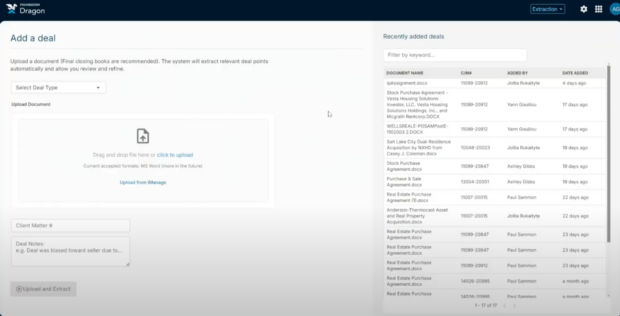
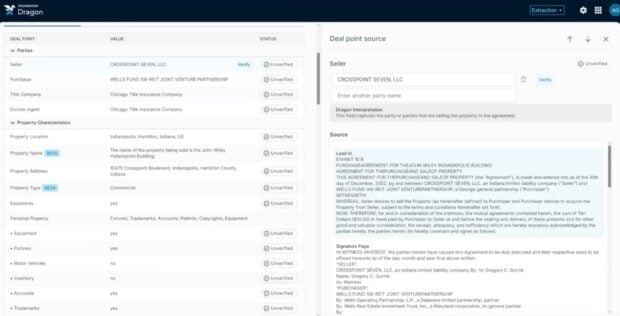
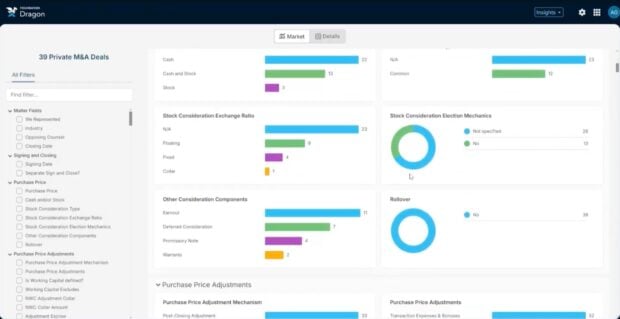
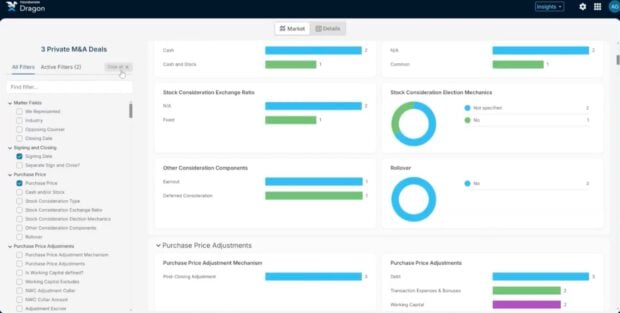
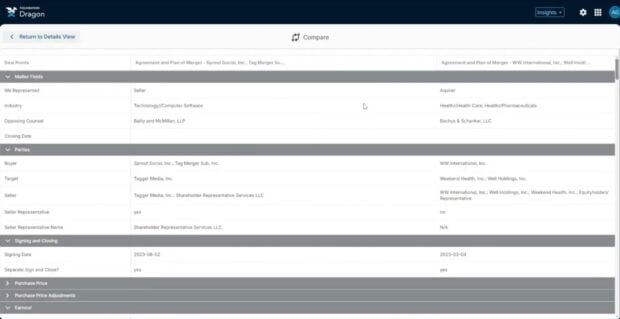











 Kathryn
Kathryn